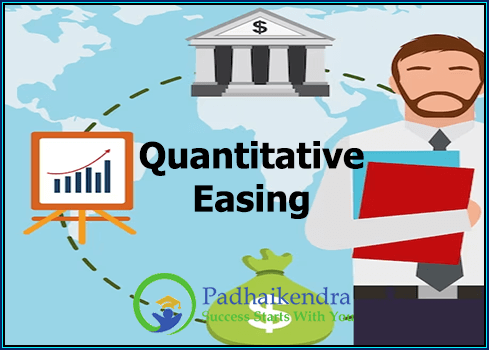Quantitative easing (QE) is a monetary policy tool used by central banks to stimulate the economy when traditional methods such as adjusting interest rates have been exhausted. It involves buying large amounts of government bonds or other securities from the market to increase the money supply and lower borrowing costs.
The concept of quantitative easing emerged during the financial crisis of 2008, when many central banks around the world implemented it to combat the economic downturn. In the United States, for example, the Federal Reserve implemented multiple rounds of quantitative easing between 2008 and 2014.
The basic idea behind quantitative easing is that by increasing the money supply, central banks can stimulate economic activity by making it easier for individuals and businesses to borrow money. This, in turn, can lead to increased investment and consumer spending, which can help to boost economic growth.
The process of quantitative easing typically begins with a central bank purchasing government bonds or other securities from the market. This creates new money in the financial system, which can then be used to purchase goods and services. The increased demand for goods and services can then lead to increased production, employment, and economic growth.
One of the key benefits of quantitative easing is that it can be implemented relatively quickly and can have a direct impact on the economy. Unlike changes in interest rates, which can take time to filter through the economy, quantitative easing can lead to an immediate increase in the money supply and a reduction in borrowing costs.
However, there are also some potential drawbacks to quantitative easing. One concern is that it can lead to inflation, as the increased money supply can lead to an increase in prices. Another concern is that it can lead to asset bubbles, as investors may use the new money to invest in assets such as stocks or real estate, driving up their prices.
Despite these concerns, quantitative easing remains a popular monetary policy tool among central banks. In recent years, central banks in Europe and Japan have implemented their own versions of quantitative easing to stimulate their respective economies.
In conclusion, quantitative easing is a monetary policy tool used by central banks to stimulate economic growth by increasing the money supply and lowering borrowing costs. While it can have a direct impact on the economy, there are also potential drawbacks, such as inflation and asset bubbles, that must be carefully considered. Overall, quantitative easing remains an important tool in the arsenal of central banks around the world.




